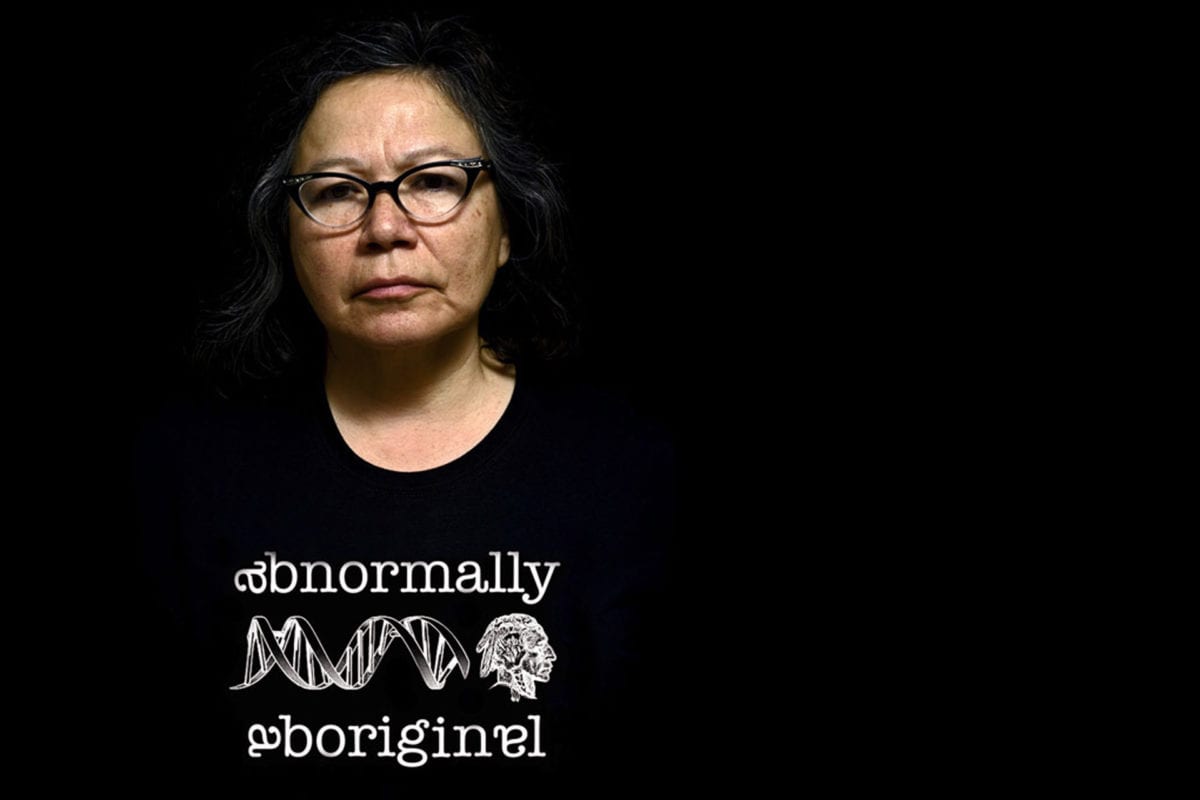To go or not to go – that’s the question many private companies ask themselves as they consider the next step in their evolution: going public.
After all, the cash raised in a successful initial public offering (IPO) can fuel growth by funding product development, expansion into new markets, acquisitions, new premises, and much more.
But “‘going public’ is a significant undertaking and companies should have a clear understanding of what’s involved,” points out Natasha Tsai, a senior advisor at Malaspina Consultants, a Vancouver-based accounting and financial services firm. The process can be costly, complex, and take away some of ownership’s or management’s control of the business.
If a business owner weighs the benefits and dangers and decides to take the leap, then they must choose from doing an IPO, a reverse takeover (RTO) or completing a “qualifying transaction” with a capital pool company (CPC).
Getting Listed
The most popular method of going public is an IPO, in which a company offers a first sale of stock to the public. While a private company can control who does and doesn’t invest in it, a public company is open to anyone who has the money and an interest in buying stock.
The first step is to get the company listed with one of the country’s stock exchanges. In Canada, these are the Toronto Stock Exchange (TSX), TSX Venture Exchange (TSXV) and the Canadian National Stock Exchange (CNSX). Each has its own requirements, listed on their websites. In general terms, the TSX is the high end, designed to give senior issuers a market for their securities; the TSXV is aimed at early-stage companies; and the CNSX is a cost-effective, disclosure-focused choice for small issuers.
Using the services of professionals, including lawyers and accountants, a business would complete the relevant stock exchange’s listing application, supplying necessary supporting documents.
Filing a Prospectus
The next step is to file a prospectus with financial statements, done according to International Financial Reporting Standards. This is a formal legal document that provides potential investors the details of the business on which they would be risking their money.
Among the things that might be included in a prospectus is a comprehensive statement of income, including cash flow for the three most recent financial years, and a statement of financial position for the two most recent years.
The “Going Public in Canada” document prepared by Cassels Brock, a law firm with offices in Toronto, Vancouver and Calgary, points out: “The level of disclosure needed for the prospectus is… the highest standard in securities law. As a result, creating a prospectus is a long and detailed process that requires the cooperation of management, securities lawyers, external auditors, investment bankers, technical consultants, and investor relations professionals.”
Weigh the Costs
Before going public, a private company must assess all the pros and cons of doing so. This usually happens during the underwriting process, working closely with an investment bank to examine the company’s business operations, management business plan, financial position, and outlook in minute detail.
The entire IPO process can take between 90 and 150 days, depending on how well the company is prepared. “Private companies that have maintained financial statements are often at an advantage when they go public,” Tsai wrote on the Malaspina blog. “Having accurate and reliable accounting information often translates into significant time and cost savings.”
And the cost can be considerable, including fees for the auditor, filing, legal help, listing, underwriter, marketing, printing, transfer agency and more. On the TSX, for example, listing fees alone range between $10,000 and $200,000, determined by the market value of the company. At the time of application, a non-refundable deposit of $10,000 must also be submitted.
Other Options
Another way for a private company to go public is through a reverse takeover, in which a publicly-listed shell company acquires or merges with a private company. Typically, the owners of the private company become the majority owners of the publicly-listed one. This process normally takes four to six months, depending on various statutory and regulatory requirements.
But the RTO doesn’t get rid of the work or expense of going public. The newly-merged company must still meet listing requirements, perform due diligence, and prepare disclosure documents, and the merger is subject to regulatory approval.
“The key drawback to completing an RTO is that the private company shareholders will be diluted by the shareholdings of the shell company shareholders,” explains Tsai. “Limiting the impact of this situation generally requires strong planning on the part of the private company’s senior management team.”
A “qualifying transaction” is similar to an RTO, except it is performed by a “Capital Pool Company,” a TSXV-listed public shell company that acquires or merges with a private company. It provides smaller businesses with access to venture capital. Shareholders of the private company become shareholders in the CPC, and diligence costs are usually minimized because the CPC usually has little operating or financial history.
After the Fact
Once a company goes public, its new obligations, of course, don’t end. It is required to make regular disclosures, which can be expensive and complex. The financial statements can include auditor’s reports, management’s discussion and analysis, annual meeting materials, and much more.
There are also corporate governance requirements to address. These ensure that the company’s board and management conform to Canadian governance standards, including residency requirements for directors (which vary from province to province).
But on the more positive flip side, the money raised through the public offering can make all the difference in how a company grows and prospers.
Peter Giffen | Contributing Writer



















